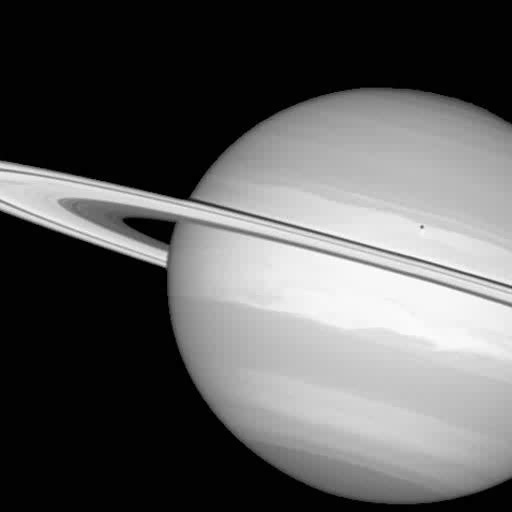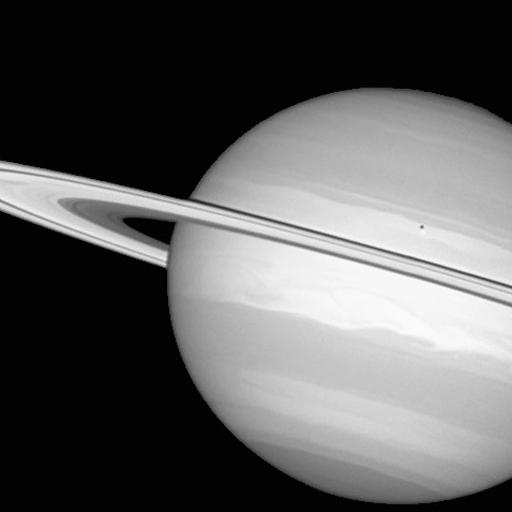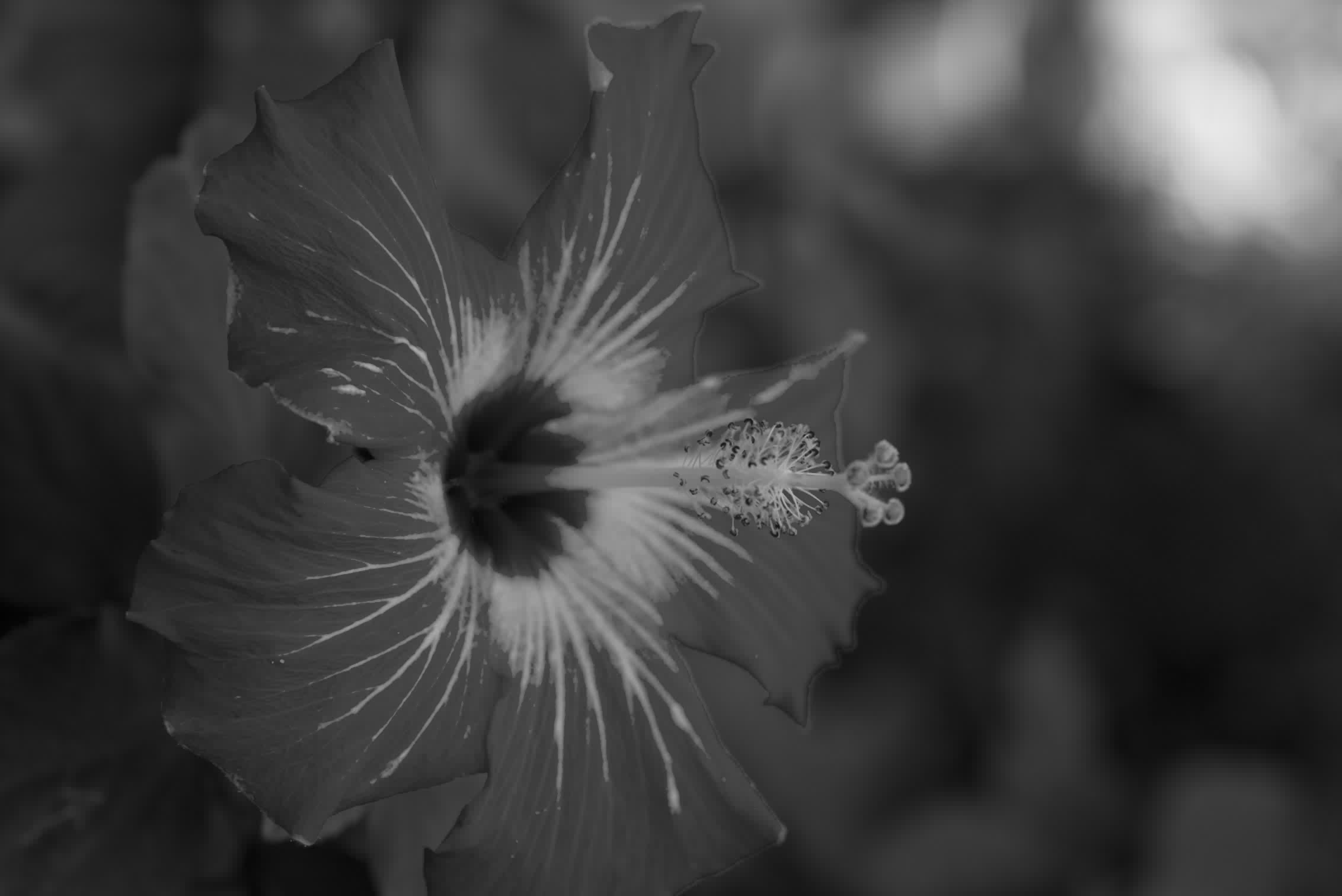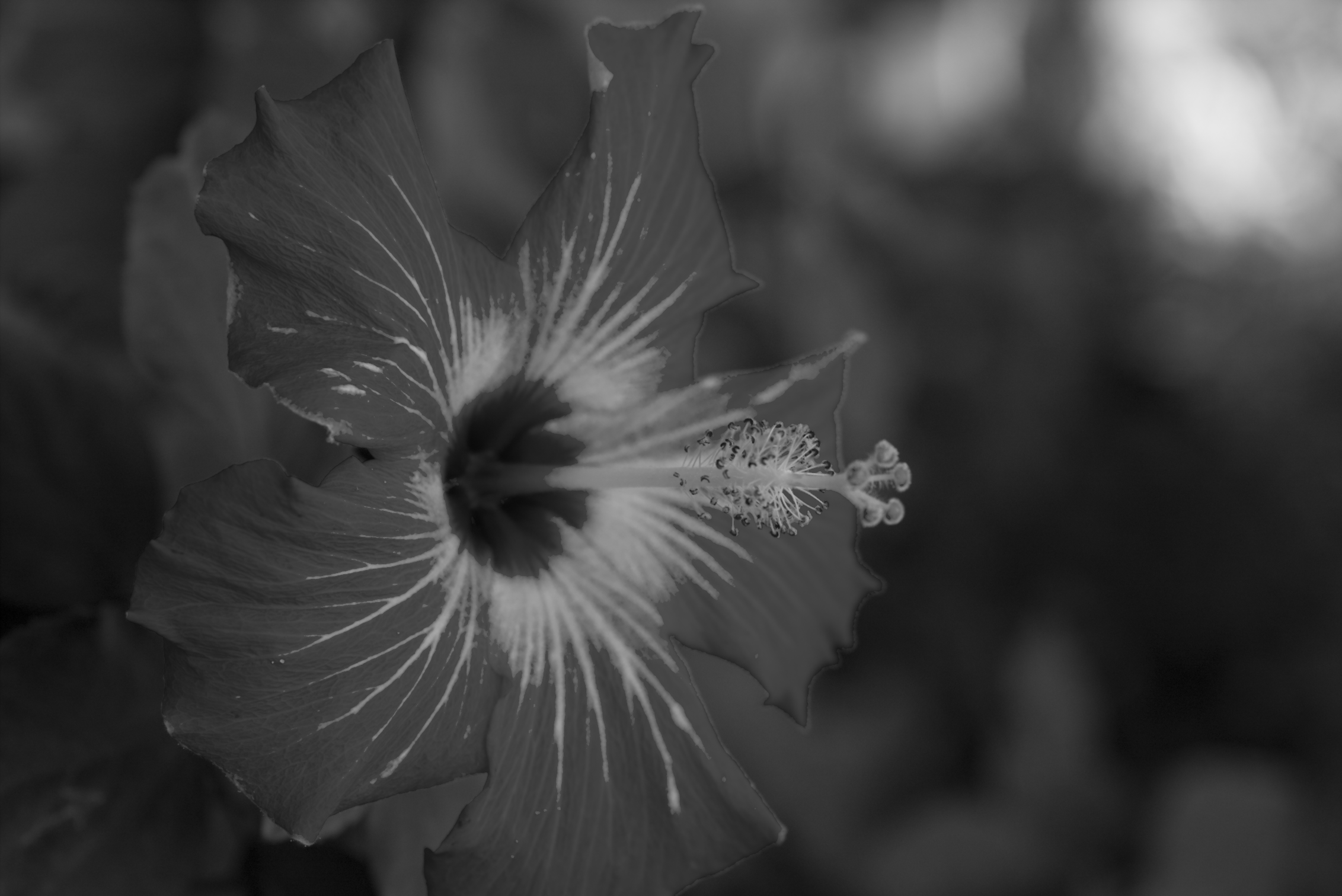script Example_HBW %Example of the approximation of an image, in the wavelet, domain using HBW-OMP2D and HBW-MP2D. %The execution times resulting from running this example using a laptop with 3GB of %RAM with a 2.2 GHz Intel Processor are shown below. %HBW-OMP2D (MATLAB implementation dedicated to separable dictionaries, method = 1):11.61. seconds %HBW-OMP2D_Mex (C++ Mex File for faster implementation of HBW-OMP2D:11.61. seconds % Path to the image to be approximated ImagePath = 'butterflies-zebra.jpg'; % HBW-Method for approximation: 1 is HBW-OMP, 2 is HBW-MP. method = 1; %Side of blocks in the partition BlockWidth = 8; % MaxNum is total number of atoms for the approximation % If SR is the desired Sparsity Radio then MaxNum=ImageSize/SR MaxNum =18575; % Approximate the image Example_HBW.; Results of approximation taking 11.68 seconds ( if the Mex file is used) Sparsity Ratio (SR) -> 14.47 Peak Signal to Noise Ratio (PSNR) -> 45.0dB
Highly Nonlinear Approximations for Sparse Signal Representation
Image approximation
Example to illustrate the use of the method Hierarchized Block-Wise Orthogonal Matching Pursuit (HBW-OMP), for approximating images. The details of the algorithm are given in the paper:
by Laura Rebollo-Neira and Ryszard Maciol and Shabnam Bibi
All the source files of the routines to run examples in MATLAB applying the HBW-OMP and HBW-MP methods with a separable dictionary (HBW-OMP2D and HBW-MP2D) are available in the archive HBW.zip. A C++ MEX version of HBW-OMP2D is also provided. The script Example_HBW.m, runs the example on the "butterfly" image, kindly provided by national geographic website.
The dictionary used in this example is composed of a Redundant Discrete Cosine component and a Dirac Basis (RDCDB) dictionary.The images below are the outcomes of approximations, up to 45.0dB, with the simple RDCDB dictionary. Notice that, in addition to being significantly less sparse, the approximations in the pixel domain are affected by noticeable blocking artifacts.Butterfly image approximated by HBW-OMP in the wavelet domain (SR=14.47) Butterfly image approximated by HBW-OMP in the pixel domain (SR=12.7)
Butterfly image approximated by HBW-OMP in the pixel domain (SR=12.7) Original grey levels Butterfly image
Original grey levels Butterfly image Planet image approximated by HBW-OMP in the wavelet domain (SR=92.9)
Planet image approximated by HBW-OMP in the wavelet domain (SR=92.9) Planet image approximated by HBW-OMP in the pixel domain (SR=31.0)
Planet image approximated by HBW-OMP in the pixel domain (SR=31.0) Original grey levels Planet image
Original grey levels Planet image Flower image approximated by HBW-OMP in the wavelet domain (SR=181.5)
Flower image approximated by HBW-OMP in the wavelet domain (SR=181.5) Flower image approximated by HBW-OMP in the pixel domain (SR=43.9)
Flower image approximated by HBW-OMP in the pixel domain (SR=43.9) Original grey levels Flower image
Original grey levels Flower image


